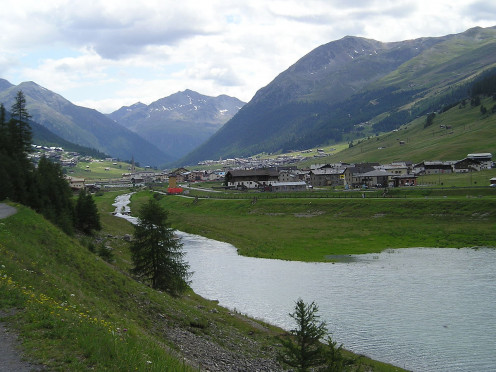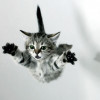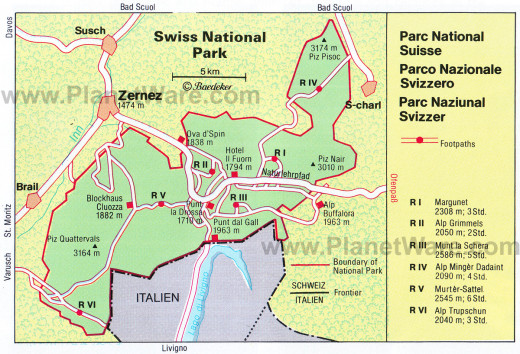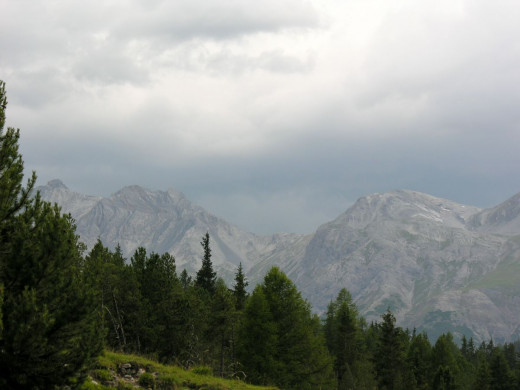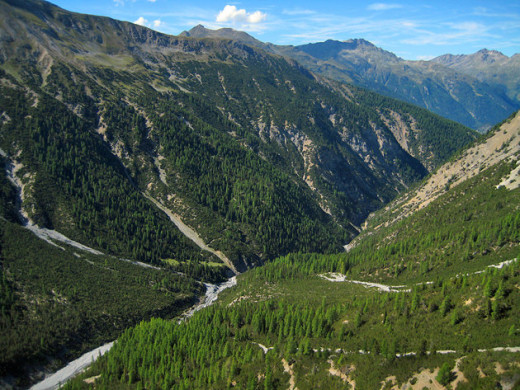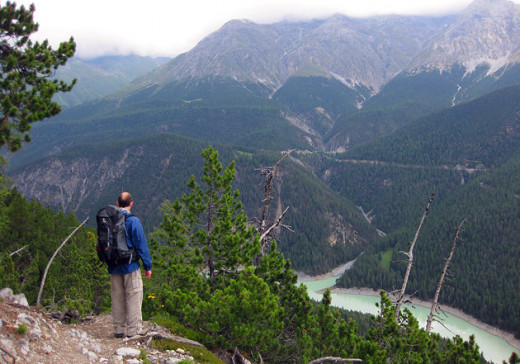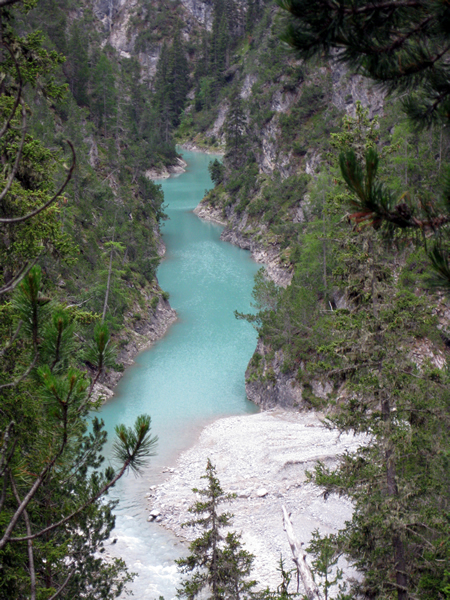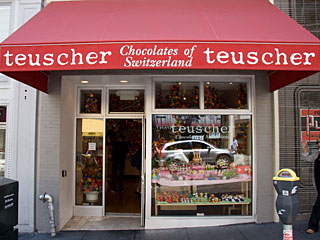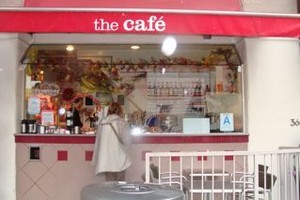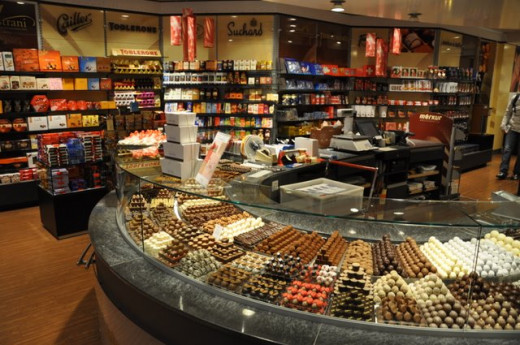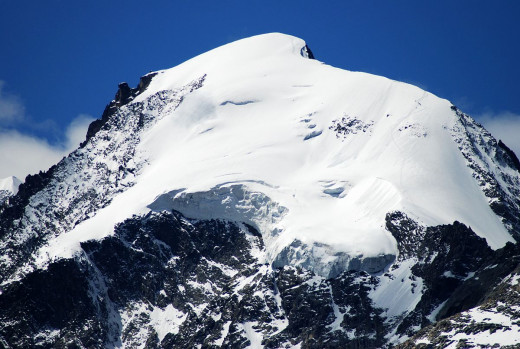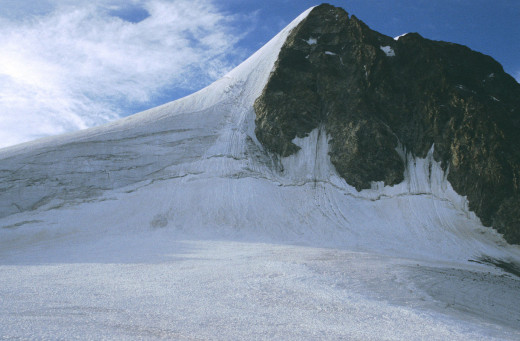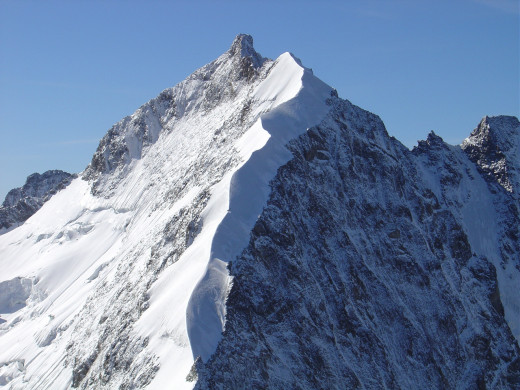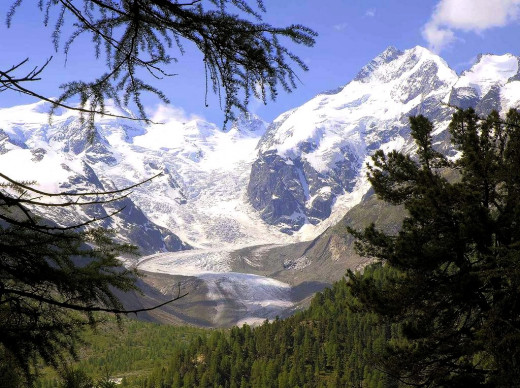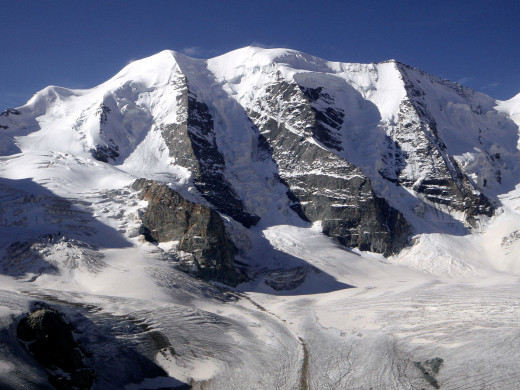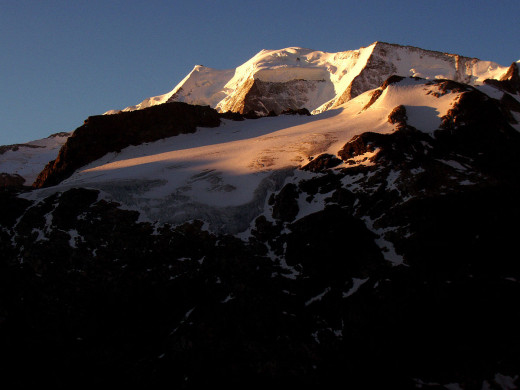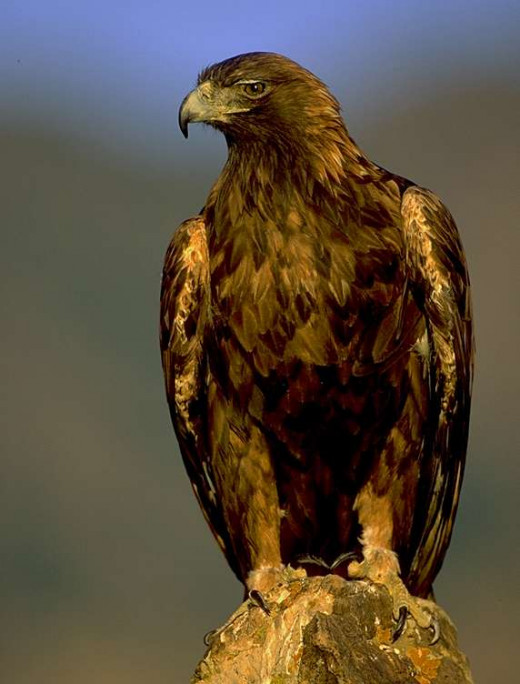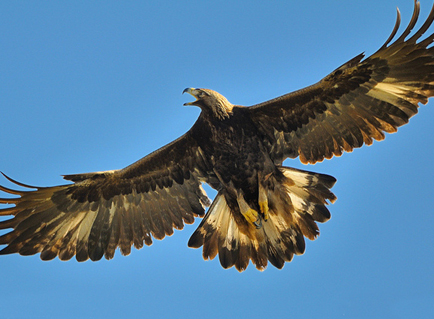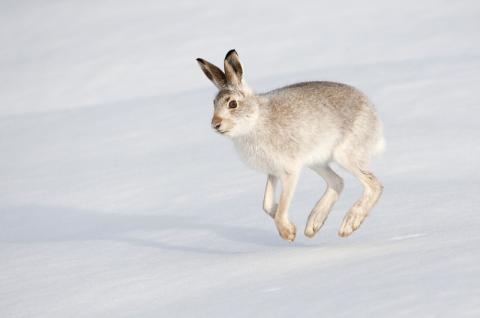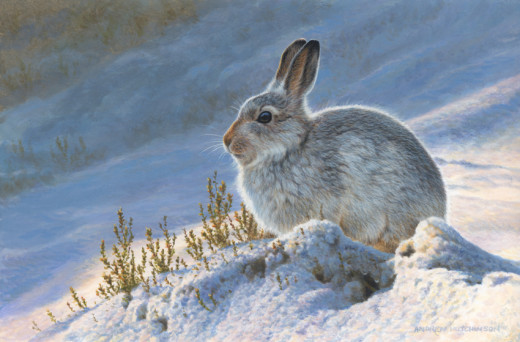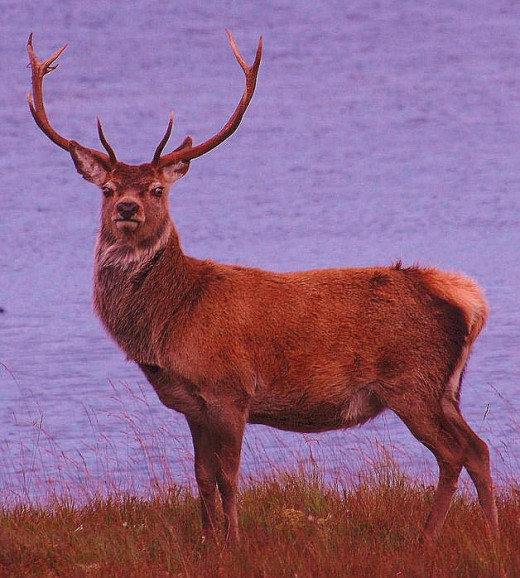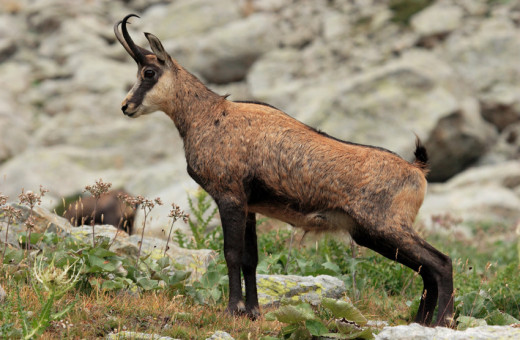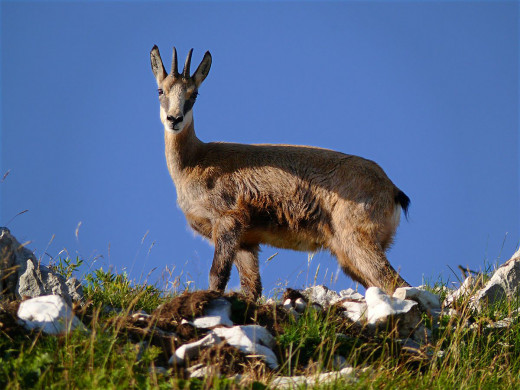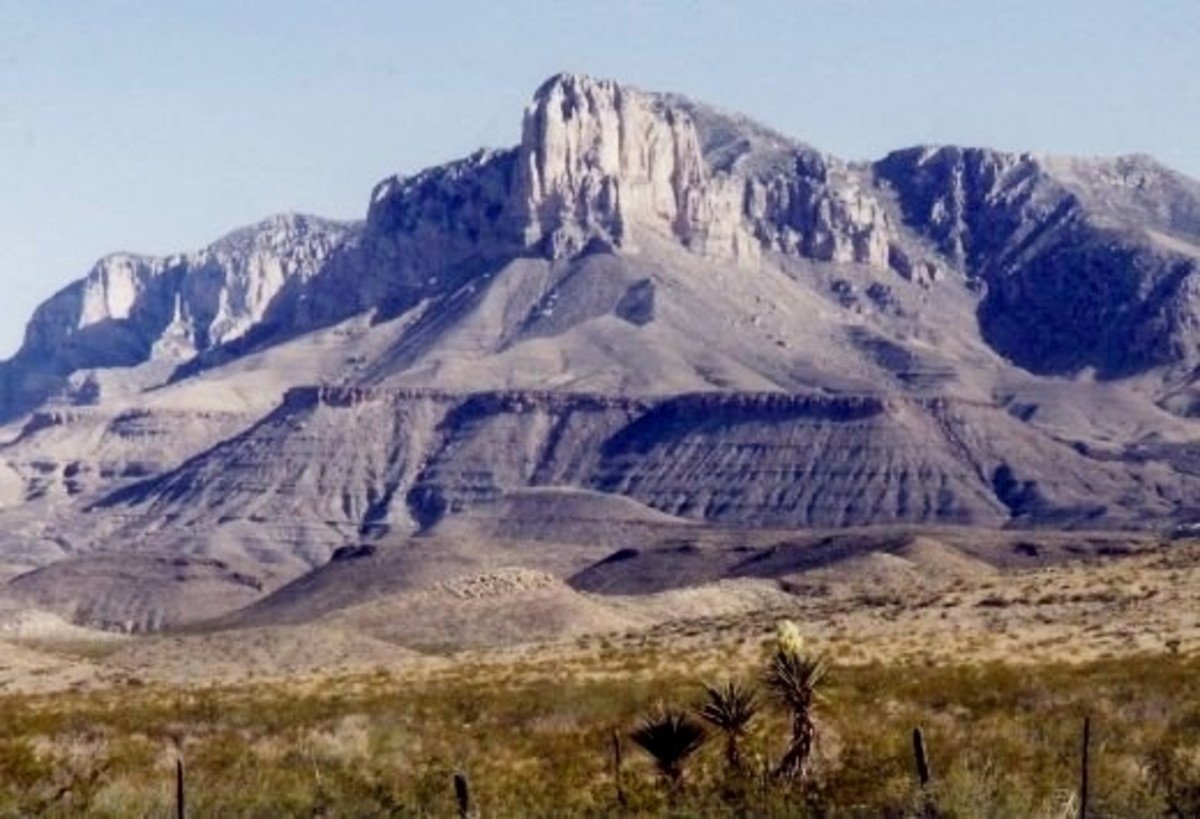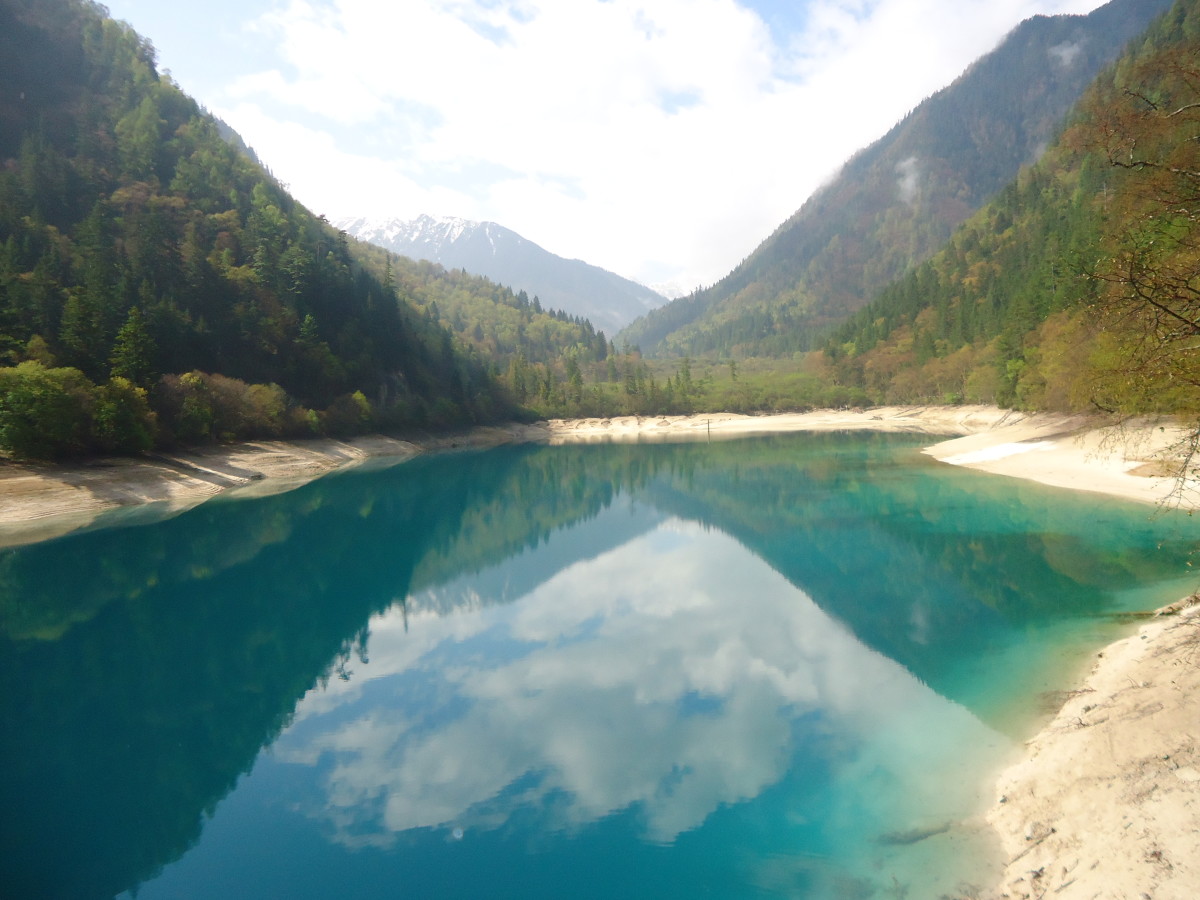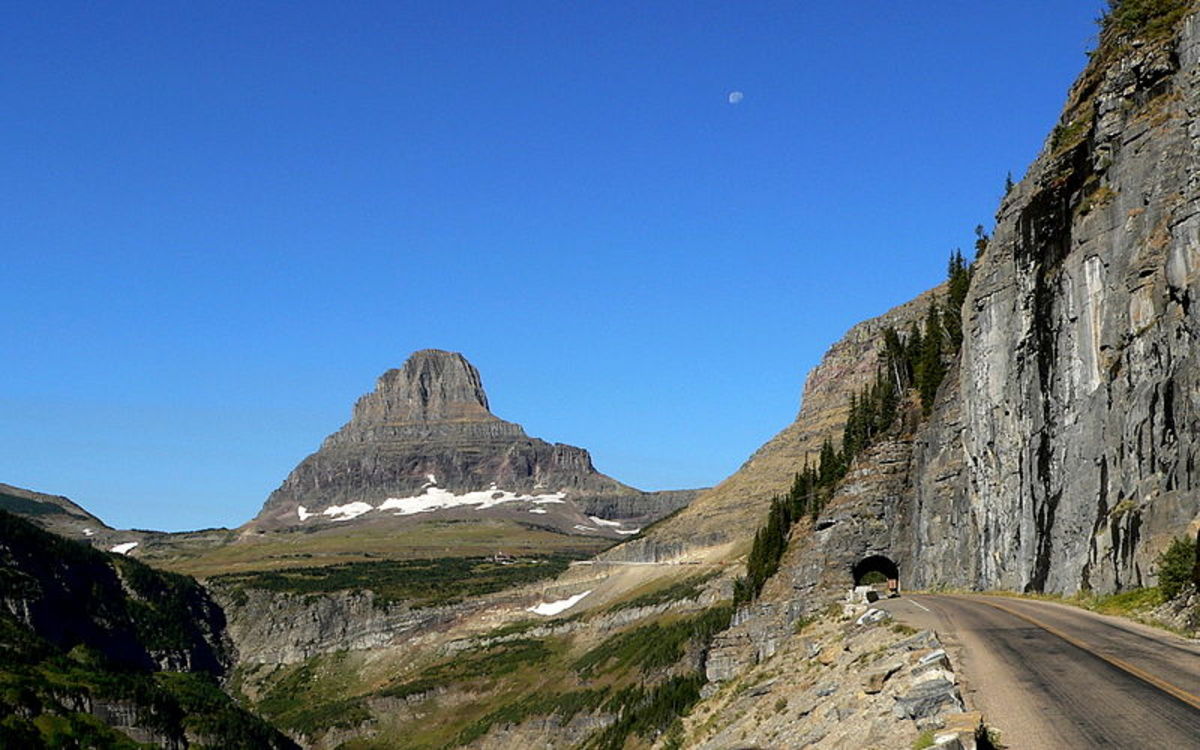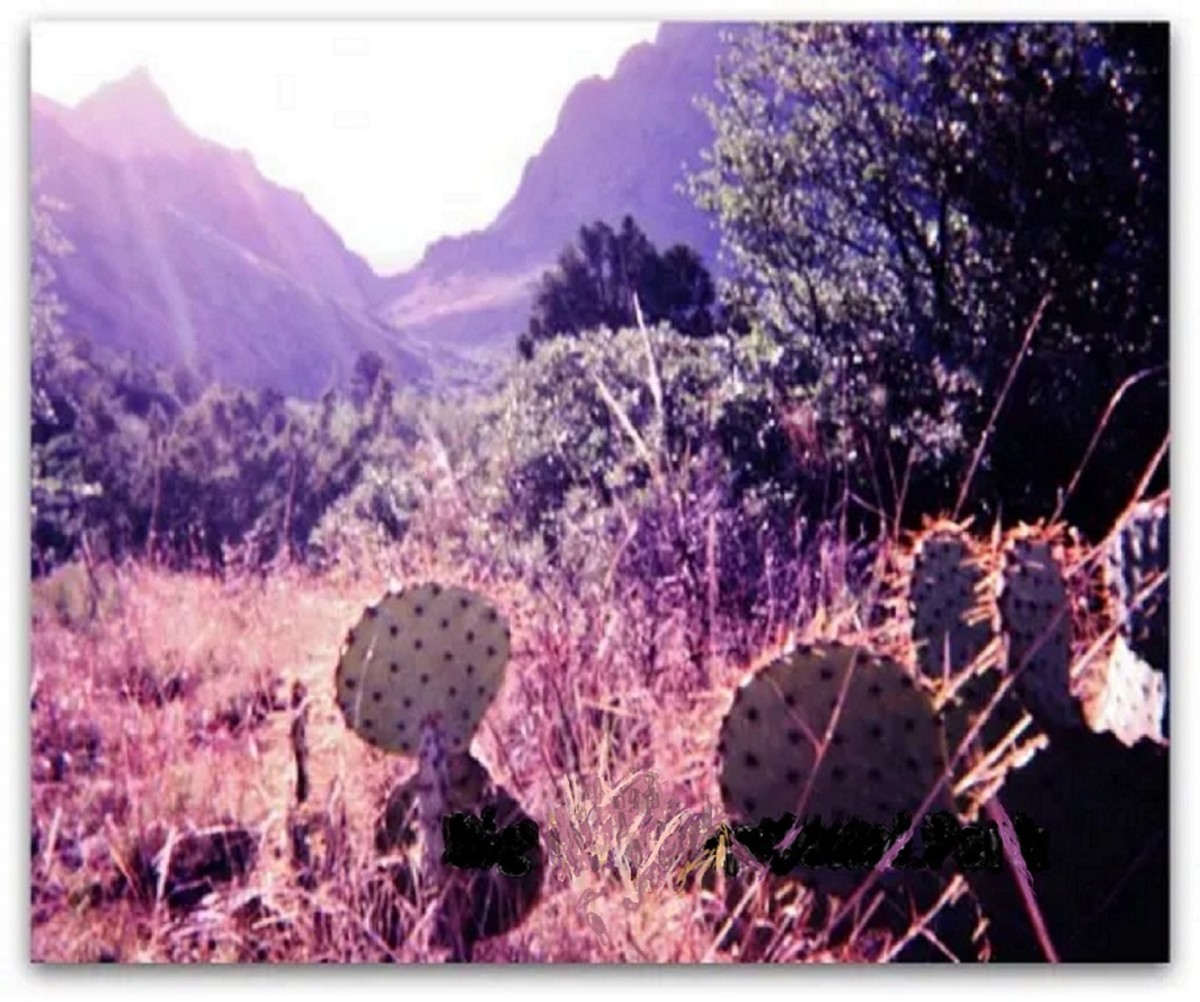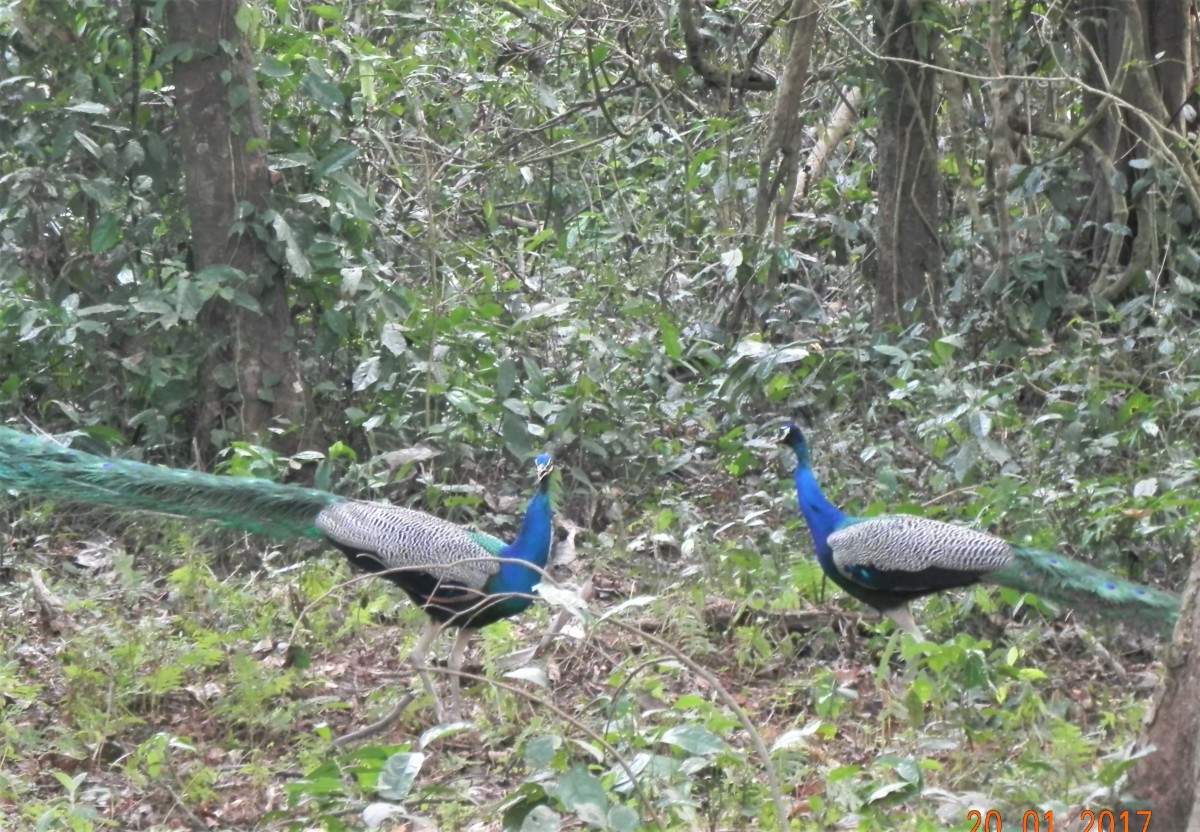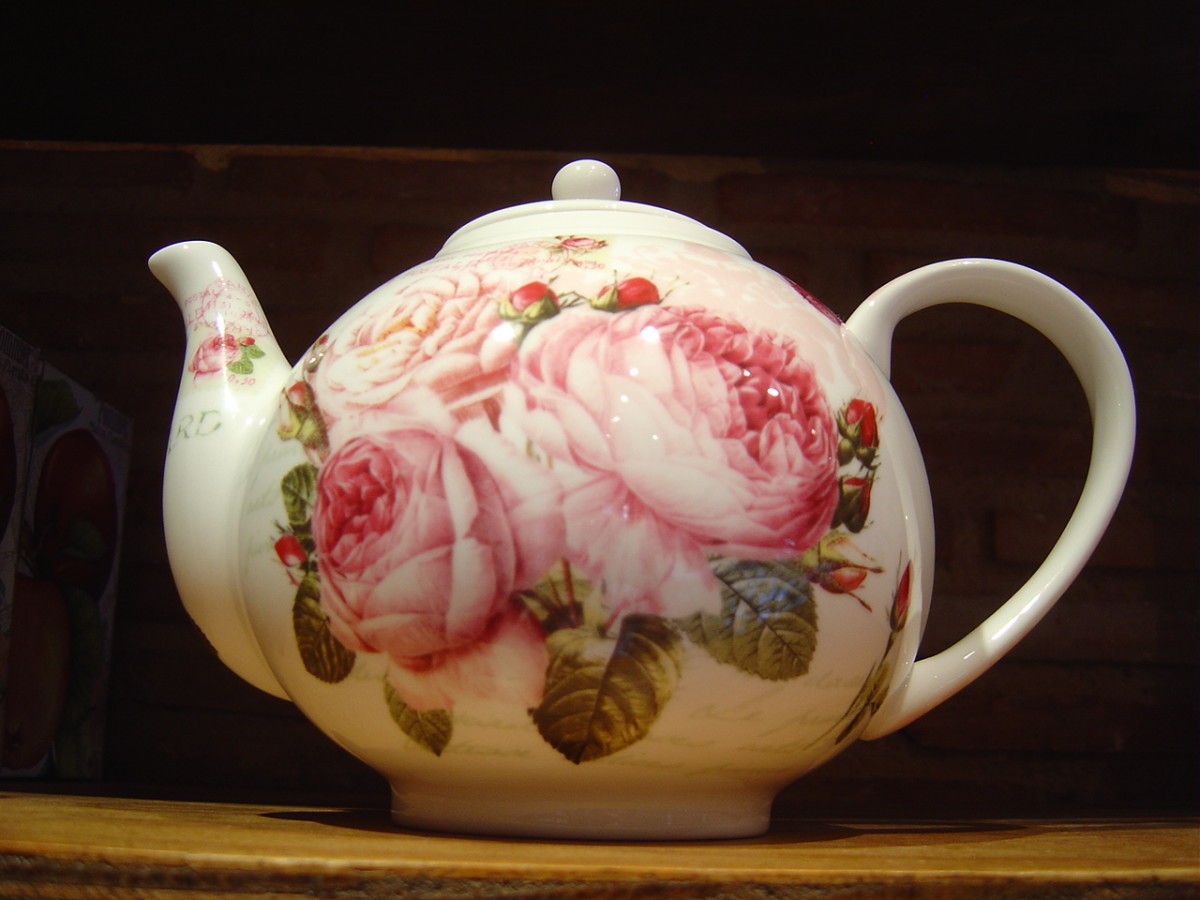An Interesting National Park: The Swiss National Park
Note
I got all of this information from the resources stated at the end of this hub, but PLEASE do not take all of the information on this hub as fact. Research yourself and make sure I am right, and if I am wrong, don’t be afraid to speak up and tell me! This is a mixed writing, a lot of fact from my research and my opinions as well. I hope you enjoy learning about the Swiss National Park, it was interesting for me.





The Swiss National Park is located in the canton of Graubünden in the east part of Switzerland between Zernez, Schanf, Scuol and the Fuorn Pass in the Engadin Valley. The Engadin Valley is on the north border of Italy. The park is two and one half hours away from the city of Zurich and sits about 1400 meters above sea level. According to the Swiss National Park website, the park is 107 miles squared and takes up .42% of Switzerland. The Swiss National Park has a harsh and dry climate with a lot of solar radiation and low humidity. The parks busy time is during the summer months and is closed to visitors in the winter months. The winter months are too harsh for the park to be open to visitors because many things could go wrong when wondering around the park in the snow.
I think it would be interesting, however, if the park was open in the winter-time, at least in some areas that are not as dangerous to be in when there is snow on the ground. I guess there is not much to see in the wintertime, though, even if the trees would look pretty being all snow-covered (I say that as a Michigander). It would also be interesting to see the animals in the winter, at least seeing their tracks in the snow and picking out which animal they belong to. It is understandable that the mountains would be off limits because the ice and snow would make it a terrifying experience to someone who should not be on the mountains in that condition. It would probably even be dangerous for experienced hikers to be out on them with snowfall.
The Swiss National Park is a state institution which means it is ran by the Federal National Park Commission (FNPC) and was established in 1914 as one of the first and only national parks in Europe. The founding fathers of the park were Fritz Sarasin, Paul Sarasin, Carl Schröter, and Steivan Brunies. The main reason these four men wanted to make this area a National Park was for the preservation of the Chamois, or the Shammy, a type of elk-like animal. These animals were endangered even without being hunted, with very small numbers total.
In 1979 the National park became part of the Biospere Reserve, becoming a space where nature would be reserved for all to enjoy. According to the Natural Resources Defense Council, a Biospere Reserve is defined as “a voluntary, cooperative, conservation reserve created to protect the biological and cultural diversity of a region while promoting sustainable economic development.” This is an area of nature that has minimal human invasion in which scientists and managers can research and note the ways human interaction impacts nature.



The park is made up of a large area of the Central Alps and is also on the edge of the Dolomitic Eastern Apls. The Swiss Alps are located inside the park in the lower Engadine Graubünden and are about 65 million years old. These mountains were formed when the tectonic plates they sit on collided with each other and kept moving. Because the plates keep moving when they hit each other, the plate then plaster together and continue to move upward, forming the mountain.
An interesting fact about Zurich, the city that is an hour and a half away from the park, is that Teuscher Chocolates were started there. About 80 years ago, a chocolate maker began making these chocolates and eventually became one of the worlds greatest chocolatiers. Teuscher Chocolates are still around today and are well known in Switzerland and around the world. I love chocolates, so this fact right here is enough to make me want to visit this park and also visit the city/town of Zurich. I’m always interested to see what food tastes like from different countries and chocolate is no different for me!
The National Park has 13 official entrances and they are the only approved entrances for visitors to enter the park through. There are about 150,000 visitors to the park annually and it keeps growing as the years go by. Many of the parks visitors are hikers with its more than 80 km of trails and two alpine routes within those trails; the park is a huge attraction to hikers. These trails are probably a great way to see the animals more in their natural habitat (out in the wooded areas). To me, it seems that animals are more on edge and cautious in wide open areas such as field, keeping an eye out for humans or other animals.
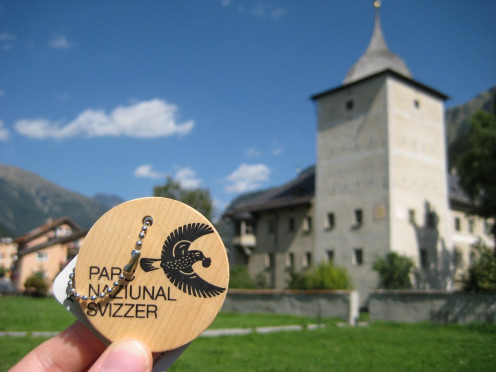
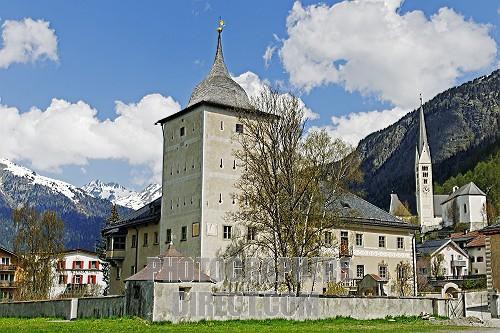
The National Park Visitors Center is located in Zernez, Switzerland and is made up of three buildings: the Planta-Wildenberg Castle is the Administrative Center, the Visitor Center, and then the Auditorium. The Planta-Wildenberg Castle has a great history in Switzerland and dates back to the 13th century when the Wildenberg family owned it. In 1618 most of the castle was ruined by demolition during the Bündner Wirren (the Grisons Rios). Johann Heinrich von Planta eventually became the owner of the castle and added extensions to the original castle. The castle was lastly owned by the Bezzola family in 1890 and in 1994 it underwent restoration to look like it does now.
The Schmelzra Museum was opened in the old administrative building in the summer of 1997 and has a large collection of mining artifacts. The museum is in the ground and cellar floors of the building and the main floor holds the Swiss National Park Bear Exhibition. The exhibition was built to prepare the people for the eventual return of the bear population to this area; however, the last bear to be seen in the park was in 1904 and it was killed very close to the building in which the exhibition is in.
This castle is a big interest to me because I love old and medieval things. They interest me because they are from such an entirely different time than we are in now, we don’t use a lot of things they used in this time from tools to daily appliances. Castles are always interesting, too, because you never know exactly what lies inside those stone walls. You never know exactly what the history is within those walls. When buildings are that old and have that much history, it is easy to get an eerie feeling and know some things have happened within those walls that you may never know! Mystery!






Three main peaks within the national park are the Piz Bernina, the Piz Paulü, and the Piz Morteratsch. The Piz Bernina has an altitude of 4,049 meters and is called the King of the Bernina Mountain Range. This is the most Easterly located mountain in the park. The Piz Paulü has an altitude of 3,901 meters and is mostly walking terrain, making this mountain good for visitors to walk on. The Piz Morteratsch has an altitude of 3,751 meters and had very steep slopes making it dangerous for visitors to climb.
These mountains are huge! And look so beautiful to me. I would love very much to visit a mountain such as these, but I would never climb one. I have Asthma and I am almost positive it would cause me to have an Asthma attack from the high altitude and thin air. It’s also hard for me to breathe cold air. I guess I will have to settle photos. They are good too!
The Nation Park has many plants within its borders, including plants like Mountain Avens, Edelweiss, and Cembra Pine. Mountain Avens are one of the most common plants in the park and they cover all of the parks open meadows. Edelweiss grows on the sunny slopes of the mountains up to 3000 meters high in altitude. Cembra Pine is also known as Swiss Stone Pine or Arolla Pine and is a five needled pine. The Cembra Pine favors areas that are shady throughout the park.







Along with the plant life, there is an extensive amount of wildlife in the National Park like the Red Deer, Mountain Hares, Golden Eagle, and the Chamois (Shammy). The wildlife living in the park is also an attraction to wilderness and nature goers who enjoy seeing the animals. The park is a natural habitat and it allows the visitors to see the animals in their natural surroundings without being bothered by too much human interactions.
The Red Deer come to the park because of the peaceful and tranquil feeling and for food as well. The deer are only in the park during the summer months and leave during the winter to find shelter in a different area of the country. Mountain Hares are rarely seen but are very common in the park. The Hares are very stocky in build with broad hind limbs and very short ears. Their feet are like snowshoes, making it easier for them to move in the snow and many people see their tracks in the snow.
The Golden Eagle also lives in the park because it was placed there when it was saved from extinction because of hunting. It was placed in the park because there is no hunting allowed and the animal would grow there. The eagles wingspan is 2.2 meters and it is nick-named the King of the Air. In the summertime the eagle feeds on the little animals running around the park such as marmots, but in the winter its diet is mainly carcasses.
The Chamois, or the Shammy, and the elf are very typical to be seen in the park by the visitors. The park was created for the protection of these animals specifically in the beginning. The animal’s population was very low without the threat of being hunted, sitting between 1000 and 1700. There are two very good observation sites for these animals; the Murtaröl, Val Cluozza, and Margunt.
The Spöl River runs through the Swiss National Park for 17 miles and goes into Italy. There is a dam located on the Italian border to slow the flow of the river. Outside the national park, this river is very popular for fishing and water activities and many take the opportunity to do so. The Alpine landscape of the National Park is very much the same as it was 5,000 years ago because of the natural growth of the park. There is no hunting allowed, visitors are not allowed to take any natural thing out of the park, and there is no upkeep to the landscape or grass that grows there. Because of the minimal human activity on the landscape, the grounds have been allowed to grow and shape naturally.
There are also glaciers in the National Park, and according to the “Service Interruption” article, glaciers are formed when snow falls, turns to ice, and more snow falls and turns to ice on top of that. This process goes on and on until there is a glacier formed. The glacier can then move because of the effect gravity has on it, pulling it slowly across the land, and because it is ice, it slips along the land. The movement is very slow and it takes years for a glacier to move even one inch.
The park is very hiker-friendly with its 21 marked paths for hikers to chose from and walk depending on their skill as a hiker. The paths cover many different altitudes and range from easy three hour walks to a testing 8 hour hike up Mount Baselgia which is 2,945 meter tall. These trails make the National Park a hiking paradise for visitors to experience.
The Benedict Convent of St. John and the Monastary of St. John are both located very close to the Swiss National Park. The Convent is located in Müstair, Switzerland and has one of the best examples of murals that were painted in A.D. 800. The Monastary of St. John is originated from the Church of St. John that dates back to 785. It has the worlds largest cycles of early medieval frescoes dating from the year 800 and are a very pleasing art from the Carolingian times. The paintings at the Monastery of St. John cover the walls of the whole place and also include a portrayal of John the Baptist being beheaded. This Monastery is inscribed on the UNESCO World Heritage List.
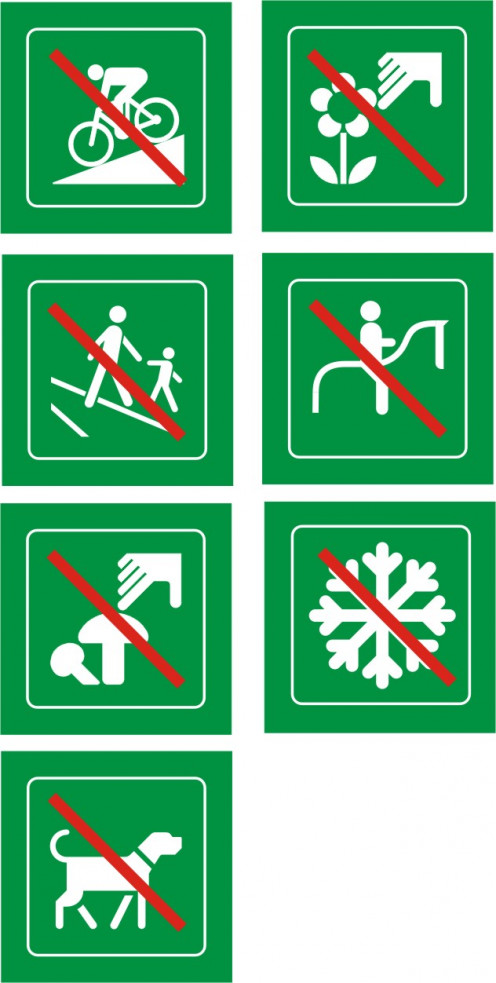
The National Park is very large and has a few rules that visitors must follow. According to the Swiss National Park website, these rules include 1) No camp fires allowed anywhere in the park. 2) Hikers can’t leave the marked paths within the park. 3) No natural objects like plants, animals, or sticks can be removed from the park. 4) No winter sports are allowed. 5) Overnight stays are strictly forbidden. And 6) Bathing in lakes, pools, streams, or rivers is not allowed. These rules are for the safety of the visitors and the preservation of the national park.
Inside the park, there is a stand called the Infomobil. This stand has all of the information a visitor could want to know about the park in leaflets and flyers for visitors to take with them. This stand was introduced to the park in 1999 and is only out during the summer months when the park is actually open. The stand holds information on the trails within the parks for the hikers to follow and know what kind of path they are on. There are also maps of the park to minimize lost visitors, to place where you are in the park, and to be able to see the size of the park itself. There is also a list of the rules of the park as well, so visitors may know what they have to do while inside the park. Along with all of this information, the stand also has many souvenirs for the visitors to buy so they may have something to remember the park by when they leave, much like any other attraction.
The Swiss National Park encourages its visitors to use the public transportation system to get to the park. There are many stops on the train and bus to the park, so there are many places for visitors to chose to come and go from. This ability to chose where they want to come and go from the park gives visitors the chance to see much more of the park than if they only had one or two places to begin and end their trip to the park at. This also allows for good emergency exits if needed by visitors who have children or an emergency at home they need to get to right away.
According to the case study done by Helmut Flitter, the greatest challenges the Swiss National Park faces are Habitat Fragmentation, Biodiversity loss, and Climate Change. Habitat Fragmentation is when the area is reduced in size, taking a toll on the amount of wildlife and plant life within the park and its overall size. Biodiversity loss takes place when Habitat Fragmentation occurs, taking away from an animal’s habitat. This causes Biodiversity loss because the animal no longer has the habitat it once had to live off of. The last challenge is Climate Change. Climate Change would affect the wildlife and plant life within the national park greatly. The animals and plants that are within the park are used to a certain climate (the climate the park currently has). If that changed, became something the animals and plants were not used to and could not survive in, then the animals would either leave the park or die, and the plants would die. The park would not remain alive with a severe climate change to the area.
The Swiss National Park is a large attraction to hikers and nature goers in the summer months the park is open. The parks rules allow the animals to run freely with minimal human interaction and let visitors see the animals in their natural habitats. The Swiss National Park is full of many interesting facts and natural scenes and would be an interesting place to visit some day. The park also has a few historical attractions like the Planta-Wildenberg Castle and the frescoes at the Monastery close by.
I would love to visit this national park just by looking at the photos of the mountains, plant life, and animals. I do love having those moments in nature to myself, those moments that just make you feel good. One day I will go to the Swiss National Park. Will you?
